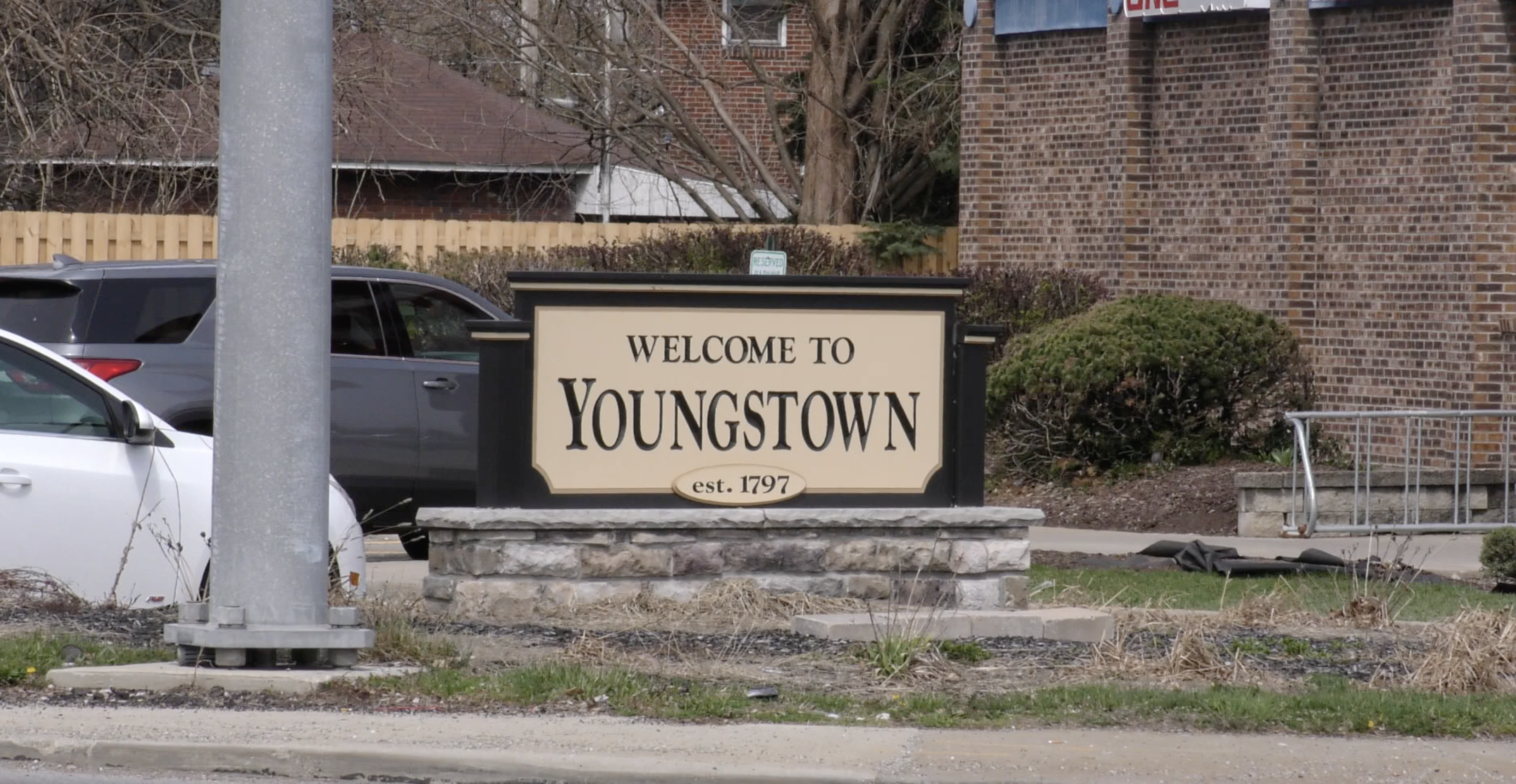By Sydney A. Stalnecker
Midlothian Boulevard is only 12 minutes from Youngstown State University, but it abruptly marks the end of Youngstown’s city limits. On the other side is Boardman Township, but the name change is not the only observable difference between the two locations. A YSU professor is looking into the racial and religious differences between the city and suburbs.
Paul Gordiejew, an anthropology professor, began his research for the project “Crossing Midlothian” shortly after he and his wife Amy moved to Youngstown from Iowa in 2002.
He received a sabbatical year from the university to delve into his research, but he couldn’t accept the sabbatical after being diagnosed with two types of cancer. Now that he’s recovered, he lost the sabbatical year, but his research continues.
“There is a study here, there is something waiting to be done,” he said. “I’m part of this, it’s part of my world. It’s not just something distant from me that I’ll leave.”
Gordiejew perceives Midlothian Boulevard, a political boundary, as the dividing line to decipher the differences between the areas. Passersby can observe “Welcome to Youngstown” and “Welcome to Boardman” signs along the edges of the road.
“Midlothian Boulevard is not just a physical street,” Gordiejew said. “It’s a boundary. It’s a border, and it separates the city from the suburbs.”
Throughout the many pockets of division, he narrowed his research down to two topics: race and religion.
“It’s also a racial border. It divides people by social race — not perfectly — and if you go down Midlothian the demographics change,” he said.
After moving, Gordiejew and his wife noticed racism is present in the city. Gordiejew believes Youngstown’s history of “redlining” and “white flight” left after-effects on the minds of some people in the city and surrounding areas that exist today.
“There was something called redlining in the United States and it was particularly bad in Youngstown,” he said. “Whites began to move out of the city and they could get loans from banks, but the banks wouldn’t loan to African Americans.”
According to Britannica, redlining is a discriminatory practice prohibiting minority groups from receiving loans and restricting access to different types of insurance. The term redlining was created from the practice of loan corporations using red ink to mark African American or mixed-race communities.
“These streets are also part of a moral geography. I call it a moral geography,” he said. “People on each side make moral judgements. They describe the people on the other side as somehow different, even inferior.
“They don’t look the way we do, they act differently, they’re not like us. These are our moral judgments, I mean, people from here carry this map inside their head.”
He found religion as both a conservative and progressive force.
“It’s helped buttress support, maintain the status quo in places,” he said. “It’s been a conservative force, you know, ‘Let’s keep things they way they are.’”
However, he said religion also serves to promote social change. Gordiejew considers both sides when observing religion in Youngstown.
“I ask myself, ‘How does religion work here? Is it working in ways to keep that Midlothian border in place? Or is it chipping away at it — helping to dismantle that wall and create more integration between the city and the suburbs, African Americans and white Americans?’”
Gordiejew gathered much of his research through personal, anecdotal experience and the experiences of long-time residents of both communities.
“As a part of my research, I went to a commemoration in the steel museum, now part of the campus,” he said. “Four people had been invited to serve on the panel that could go back to when the steel mill closed.
“During the question and answer period, this tall, stately, African American man holding an oxygen tank stood up and said, ‘Why aren’t there any African Americans on the panel? I mean, we were there too. We were in the mills. We have our stories to tell. Why aren’t we represented tonight?’” Gordiejew said.


